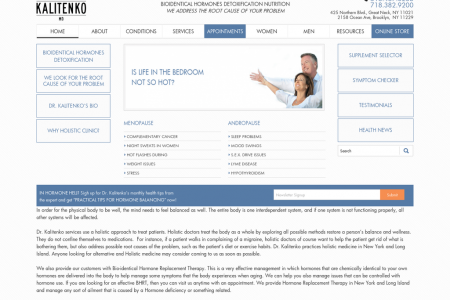
Free Your Feet
FREE YOUR FEE WHY RUNNING SHOES DO MORE HARM THAN GOOD Since you were a baby, you've worn shoes. You might remember your first Nikes or Adidas, too: a nice thick sole with padding up to the base of the ankle. In a few remote parts of the world, though, nobody ever wears shoes, and evidence shows that they're in much better shape because of it. Bulky shoes are failing us 1/3 Running in running shoes exerts more strain on 9 OUT OF 10 RUNNERS joints than walking in high-heeled shoes SUSTAIN INJURIES WHILE TRAINING FOR MARATHONS VS CONSIDER: THE PRESCRIPTION OF CUSHIONED, PADDED RUNNING SHOES IS NOT BASED ON ANY SCIENTIFIC EVIDENCE The History of Running Shoes 2/3 A TIMELINE THE TARAHUMARA OF MEXICO Sometimes cover over 300 miles non-stop 200,000 BC NV We (humans) start to exist on planet earth, and we don't wear things on our feet Can run for two full days No shoes: they only wear old tire strips or leather thongs on their feet. 8,000 BC The first shoes appear, probably a kind of woven sandals MAGNIFIED 30x 1900 1974 The first rubber soled shoes appear The Nike Waffle in the US Trainer - one of the first padded running shoes - is introduced. It allows runners to land on their heel rather than their midfoot 2005 Nike introduces Free, the first ACHILLES TENDON BLOWOUTS HAVE INCREASED 10% SINCE THE 1970S mainstream minimalist 2005 2011 running shoe Vibram introduces Barefoot shoes the FiveFingers, a are now a $$1.7 billion industry shoe with toes and an extra thin sole The Science of Barefoot Running 3/3 SHOD RUNNING" BAREFOOT RUNNING 88 Wwww.w The foot is pointed up before hitting the ground The foot is in a relaxed position before hitting the ground The runner lands heel first, causing shock to his legs The foot lands on its ball then flattens, distributing shock evenly 3х Ox INITIAL IMPACT SHOCK: BODY WEIGHT BODY WEIGHT 75% OF SHOD HEEL-GROUND COLLISION OVERALL ENERGY EXPENDED RUNNERS HAPPENS ROUGHLY 1000 WHILE RUNNING IS REDUCED HEEL STRIKE TIMES PER MILE RUN BY 4% WHEN BAREFOOT TRADITIONAL RUNNING SHOES HAVE BEEN PROVEN TO CAUSE AN ADDITIONAL: 38% KNEE VARUS J0/0 TORQUE 54% HIP ROTATION 36% TORQUE KNEE FLEXION 200/ TORQUE So should you toss out all of your shoes? No, and not just because you'd get kicked out of restaurants. Transitioning to barefoot running too quickly could be a massive shock to your normally shoe-encased feet. It's important to start out with short jogs and work your way up to long runs. In the long run, your whole body will thank you. *(Shod=wearing shoes) Created by: XRayTechnicianSchools.net This work is licensed under a Creative Commons License. .............. http://www.spartsci.org/jour/0103/mw.htm • http://www.nytimes.com/2011/11/06/magazine/running-christopher-mcdougal Lhtml?pagewant ed=1&ref=general&src=me • http://physicalliving.com/tag/barefoot-shoes/ • http://www.dailymail.co.uk/hame/moslive/article-1170253/The- painful-truth-trainers-Are-expensive-running-shoes-waste-money.html • http://pages.uoregon.edu/connolly/FRsandals.htm • http://bjsm. brmj.com/content/43/3/159.short http://cat.inist.fr/?aModele=afficheN&cpsidt=18800273 %24 *****.
Free Your Feet
Source
http://www.x...your-feet/Category
HealthGet a Quote












